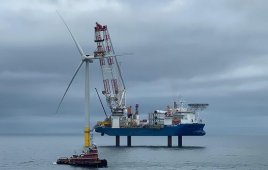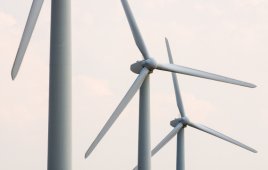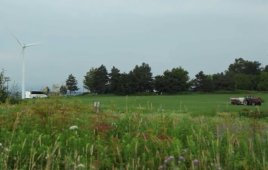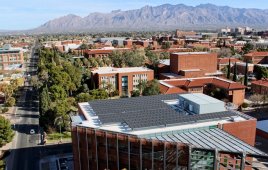Dev Millstein, Ryan Wiser, Mark Bolinger, and Galen Barbose / Lawrence Berkeley National Lab
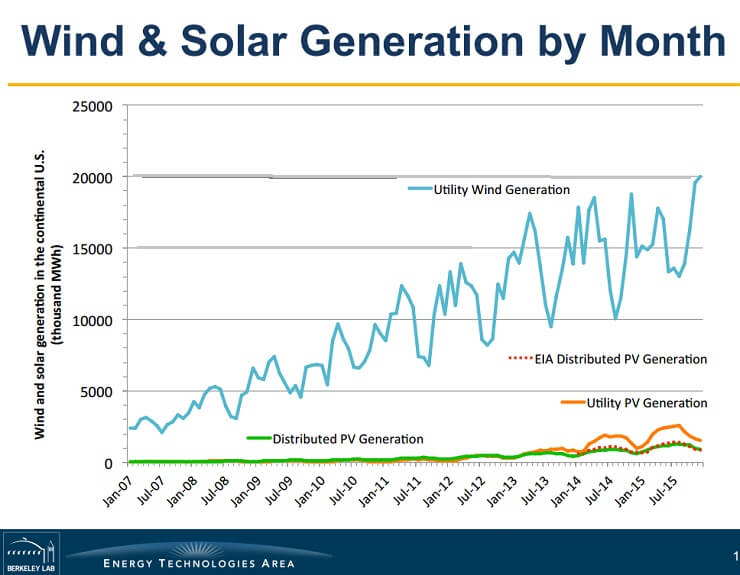 Wind and solar energy provide public health and environmental benefits to the United States. However, these benefits vary significantly by region and over time. In the last decade, cumulative wind and solar power deployment has increased rapidly; at the same time, regulatory changes and fossil fuel price changes have led to steep cuts in overall power-sector emissions of pollutants such as SO2, NOx, and PM2.5 as well as to reductions to CO2 emission rates in certain regions.
Wind and solar energy provide public health and environmental benefits to the United States. However, these benefits vary significantly by region and over time. In the last decade, cumulative wind and solar power deployment has increased rapidly; at the same time, regulatory changes and fossil fuel price changes have led to steep cuts in overall power-sector emissions of pollutants such as SO2, NOx, and PM2.5 as well as to reductions to CO2 emission rates in certain regions.
The goal of this work is to evaluate how a subset of wind and solar energy’s health and environmental benefits have evolved from 2007 through 2015 both in absolute terms as well as on a dollar-benefit per kWh basis. We present results regionally across the continental United States and we assess certain uncertainties in the magnitude of the benefits.
We develop a time series of wind and solar power generation by location within the U.S. and use the EPA’s AVERT tool to develop an estimate to the emissions avoided. A suite of air quality exposure and health impact models along with a wide range of social cost of carbon estimates are used to monetize the benefits of the avoided emissions. Presented here are the working results of this analysis.
For the 82-slide presentation: https://goo.gl/XYF729
Filed Under: Policy

